Ladies and gents, prepare yourselves for a whirlwind ride through the most iconic fragrances of all time!
Fasten your seatbelts, because we’re about to embark on a scentsational journey that’ll leave you swooning, sniffing, and maybe even spritzing yourself in delight.
We’ll take you on a quick history tour, then dive into a world full of captivating scents that have stood the test of time and have woven themselves into the fabric of olfactory history.
Let’s dive in, shall we?
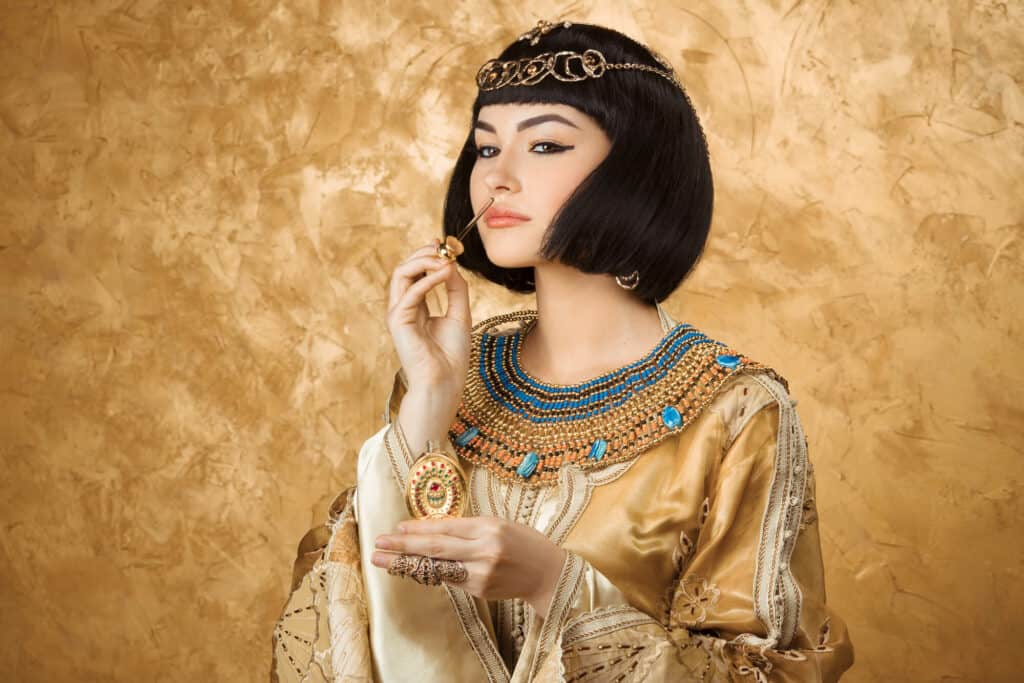
The History Of Perfume: Where Perfume Began
Ah, historical perfumes, the scents that whisk us away to bygone eras, long before the iconic Chanel No. 5 strutted into the scene.
Let’s take a moment to pay homage to the captivating concoctions that captured hearts and noses in times past, shall we?
Close your eyes and imagine the wafting scents of ancient Egypt, the irresistible allure of Renaissance Europe, and the sophistication of Victorian England.
Here are a few of the most memorable historical perfumes that set the stage for the modern fragrances we know and love today:
- Kyphi by the Ancient Egyptians: Divine Aromas. The allure of the ancient world comes alive with the intoxicating fragrance of Kyphi, a perfume used in ancient Egypt as far back as 1500 BCE. This sacred scent was composed of ingredients like honey, wine, raisins, and precious resins, and was believed to please the gods and lift the spirits of both the living and the dead. Talk about a divine aroma!
- Hungary Water: Renaissance Refinement. First concocted in the 14th century for the Queen of Hungary, this lovely elixir was Europe’s first alcohol-based perfume. With its delightful blend of rosemary, lavender, and other fragrant herbs, Hungary Water was a go-to scent for the upper crust of Renaissance society. It was even said to have rejuvenating and healing properties. Now, that’s what we call a multitasking perfume!
- Eau de Cologne: 18th Century Freshness. Step into the 1700s with Eau de Cologne, a refreshing citrus-based scent that originated in Cologne, Germany. This light and invigorating fragrance was a hit among the aristocracy and eventually paved the way for the modern cologne we know today. Who knew that smelling fabulous could be such a historically rich experience?
- Victorian Florals: 19th Century Elegance. The Victorian era was all about grace, elegance, and a touch of romanticism. The perfumes of this time period were no exception, featuring captivating bouquets of flowers like rose, jasmine, and violet. These enchanting floral scents were often mixed with musk, ambergris, and civet, resulting in a sophisticated and long-lasting aroma. If you’re yearning for the charm and refinement of the 1800s, a Victorian-inspired perfume might be just the ticket!
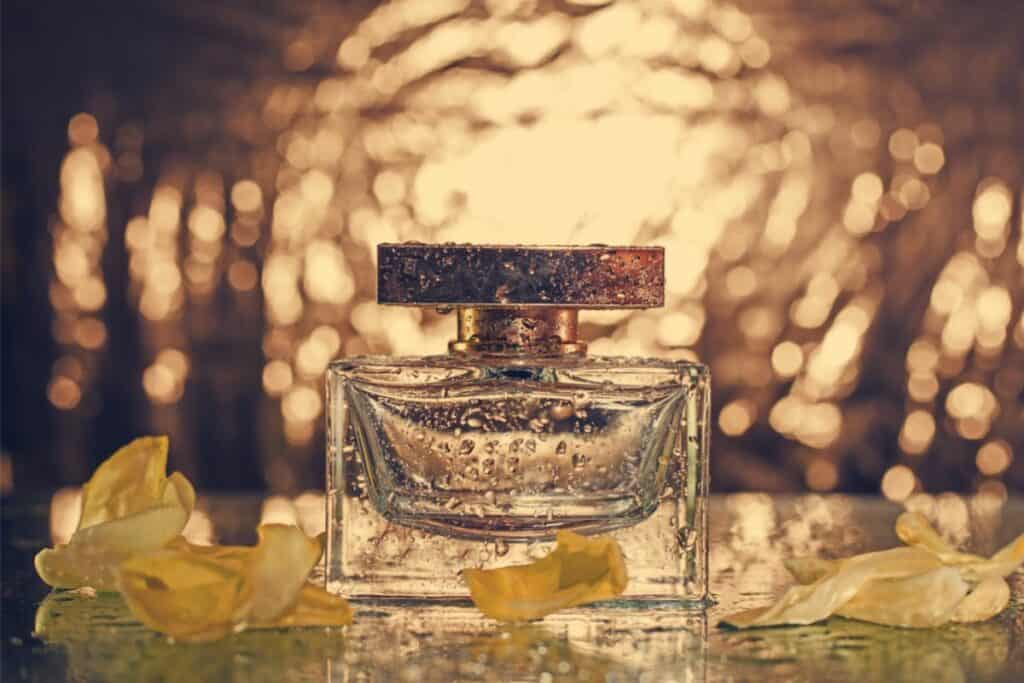
Did you know: the word “perfume” comes from the Latin “per fumus”, which means “through smoke” (Source)
As we journey back to the present, let’s not forget the fragrant foundations laid by these historical perfumes.
From the divine scents of ancient Egypt to the elegant bouquets of Victorian England, these timeless aromas have shaped the world of perfumery and continue to inspire the iconic fragrances we adore today.
A Timeline Of Perfumes
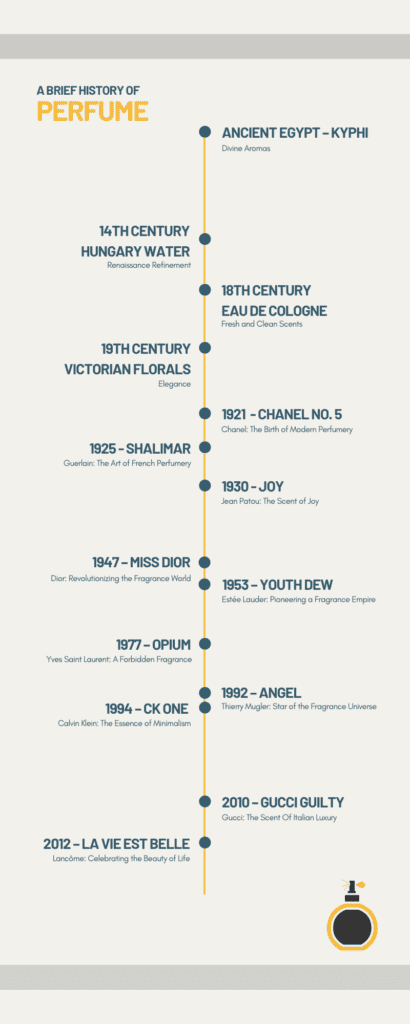
And now, without further ado, let’s dive into the legendary scents of the 20th century and beyond!
Evolution of Aromas: Brands that Changed Perfumery
Let’s take a whiff of some iconic brands that have graced our noses over the years.
These big players, all born in the 20th century, may have started with a gentle spritz, but each has left an enduring impact on the perfume industry.
Chanel: The Birth of Modern Perfumery
Ah, Chanel No.5 – the brainchild of none other than Coco Chanel, the fabulous fashion designer who championed sporty chic in the post-World War 1 era. Just as she revolutionized fashion, Chanel took the world of scent by storm with her groundbreaking creation in 1921.
Before this iconic scent waltzed into our lives, ladies had a rather limited choice when it came to perfume. Respectable gals stuck to garden-inspired scents, think floral and citrusy. On the other hand, daring dames opted for heavier, muskier aromas like jasmine, hinting they just might be ladies of the night.
Enter Chanel No.5, designed for the bold flapper gals of the Roaring Twenties. This irresistible concoction blended musky notes with a touch of glamour and affluence.
The ads portrayed a “new type of woman”— liberated, free-spirited, and embodying the decade’s ideals of freedom and natural beauty without sacrificing an ounce of glam. It was an acceptable, even desirable, persona that allowed women greater freedom while maintaining their respectability.

Thanks to Chanel No.5, women could now wear musky scents without raising eyebrows, forever changing the game in the perfume world.
Gardenia
Gardenia, Chanel’s lesser-known but equally enchanting sibling, first graced the scene in 1925, just four years after the debut of Chanel No.5.
But it wasn’t until the 80s that Gardenia truly bloomed in the hearts of fragrance aficionados, thanks to a timely relaunch fueled by the advent of synthetic materials that helped craft its delicate floral essence.
Back in its early days, Gardenia boasted a rather robust floral aroma that didn’t quite win over the masses. But with its reintroduction, the scent was reimagined as a subtle bouquet of white flowers, perfectly in tune with the era’s preference for understated elegance.
The revamped Gardenia whispered a tantalizing hint of natural fragrance, making it seem as if you weren’t wearing perfume at all – you just happened to smell that irresistibly good.
Guerlain: The Art of French Perfumery
Taking a journey to the enchanting world of Shalimar by Guerlain is like stepping into a dreamy, far-off land, where opulence and allure are the norm, and every moment is a sensorial delight.

Launched in 1925, Shalimar is an iconic oriental fragrance that has captured the hearts and noses of countless women over the years, cementing its place in the pantheon of the most popular women’s fragrances of all time.
Shalimar: A Tale of Love and Intrigue
The story behind Shalimar is just as captivating as the scent itself. Inspired by the legendary love story of Emperor Shah Jahan and his wife Mumtaz Mahal, Shalimar is named after the enchanting garden the emperor built for his queen in Lahore, India.
This tale of passion and devotion is perfectly embodied in Shalimar’s rich, sensual, and exotic fragrance, which masterfully weaves together a tapestry of bergamot, jasmine, and vanilla, with an intoxicating base of amber, tonka bean, and sandalwood.
A Fragrance That Stands the Test of Time
Since its inception, Shalimar has been synonymous with luxury, sophistication, and timeless appeal. Over the years, Guerlain has released various iterations of the classic Shalimar scent, such as Shalimar Parfum Initial and Shalimar Souffle de Parfum, each offering a unique and modern twist on the original masterpiece.
However, the magic of the classic Shalimar continues to enchant women of all ages, transcending trends and retaining its status as a beloved and iconic fragrance.
When you wear Shalimar, you’re not just spritzing on a perfume – you’re immersing yourself in a world of mystery, love, and unbridled opulence. With its exotic charm and undeniable allure, Shalimar by Guerlain will forever remain a captivating and unforgettable part of the fragrance world.
Jean Patou: The Scent of Joy
Dive into the world of Joy by Jean Patou, a classic fragrance that has been celebrated for its luxurious, floral bouquet since its debut in 1930.
This timeless scent, crafted by the legendary French designer Jean Patou, is the embodiment of elegance and femininity, making it an essential addition to our list of the most popular women’s fragrances of all time.
A Fragrance Born from the Ashes of the Great Depression
Joy was created during a time of economic turmoil, as the world was grappling with the devastating effects of the Great Depression.
Jean Patou, determined to bring a sense of hope and joy to the masses, designed this fragrance as an extravagant gift to his loyal clients. With its lavish blend of precious ingredients, Joy became known as the “costliest perfume in the world” – a testament to its exquisite quality and timeless appeal.
A Timeless Blend of Floral Delights
Joy’s enchanting fragrance profile is a masterful symphony of floral notes, featuring a rich, harmonious blend of Bulgarian rose and Grasse jasmine.
This intoxicating duo is further enhanced by delicate touches of ylang-ylang, tuberose, and sandalwood, creating a scent that is at once sophisticated, alluring, and effortlessly chic.
A Legacy of Joy and Elegance
Over the years, Joy has maintained its status as a beloved classic, thanks to its undeniably luxurious and enchanting scent. With various flankers and reinterpretations, such as Joy Intense and Joy Forever, Jean Patou’s iconic fragrance continues to delight women of all ages and tastes.
Whether you’re attending a lavish soirée or simply seeking a touch of elegance for your everyday life, Joy by Jean Patou is a scent that will forever be synonymous with grace, sophistication, and, of course, pure joy.
Dior: Revolutionizing the Fragrance World
When we think of Dior, we’re reminded of its legendary status and its ability to create iconic fragrances that continue to captivate the hearts of many. Founded in 1946 by Christian Dior, this luxury brand has played a significant role in shaping the modern fragrance industry.
Miss Dior: The Birth of a Classic
In 1947, Christian Dior launched his first fragrance, Miss Dior, alongside his groundbreaking “New Look” fashion collection.
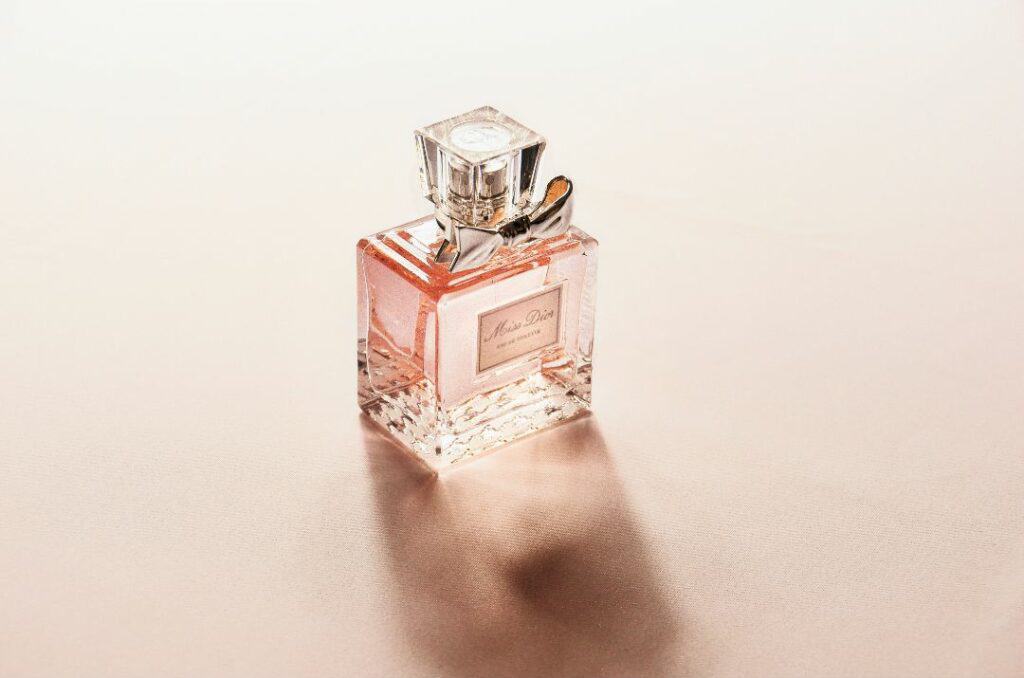
This elegant and sophisticated scent was designed to embody the spirit of the modern woman – refined, confident, and undoubtedly chic. Miss Dior’s delicate blend of floral and chypre notes, including rose, jasmine, and patchouli, created an instant sensation and solidified the brand’s place in the world of perfumery.
Dior’s Innovations and Milestones
Over the years, Dior has continued to innovate and evolve its fragrance line, constantly pushing the boundaries of scent and style. In 1966, the brand released the timeless Eau Sauvage, a revolutionary men’s fragrance that still enjoys immense popularity today.
Enter Poison: The Bold and Sensual Game-Changer
In 1985, Dior made waves with the release of Poison, a fragrance that oozed confidence and seduction. Its bewitching scent, a blend of spicy, fruity, and woody notes, became an instant favorite and a symbol of bold, unapologetic femininity. Poison’s daring, groundbreaking nature continued Dior’s legacy of revolutionizing the perfume world.
More recent offerings, such as J’adore (1999) and Dior Homme (2005), have further cemented Dior’s reputation for creating unique, high-quality fragrances that capture the essence of luxury and sophistication.
Estée Lauder: Pioneering a Fragrance Empire
When it comes to the world of beauty and fragrance, Estée Lauder is a name that stands out as a trailblazer. Established in 1946 by the ambitious and driven Estée Lauder, the brand has grown into a global powerhouse that has shaped the way we experience and enjoy perfume.
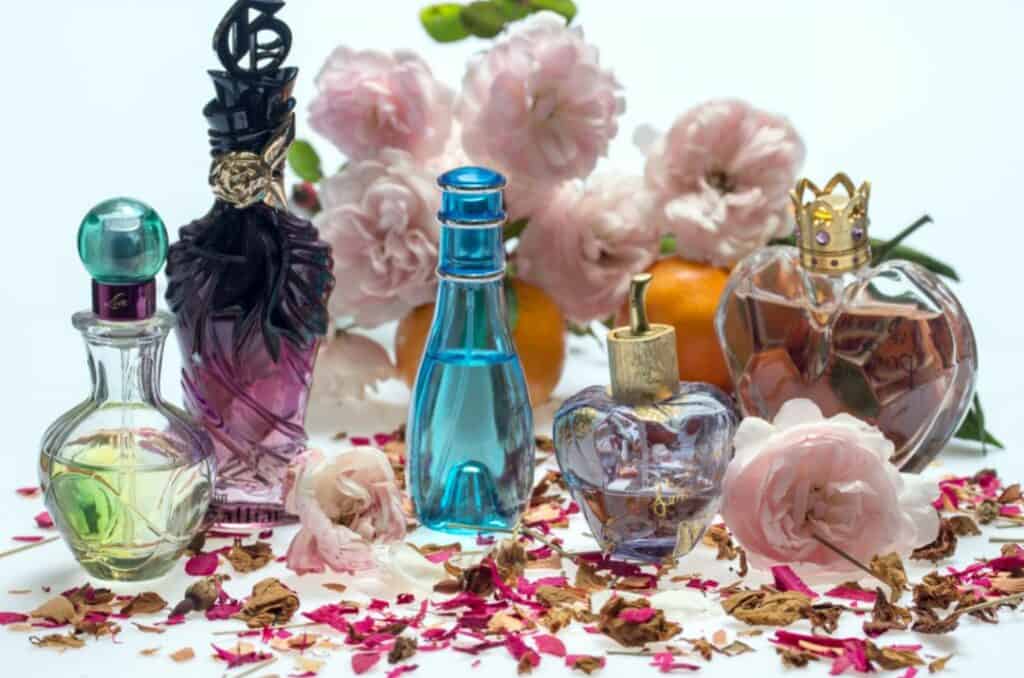
Youth Dew: Bath Oil Turned Sensation
In 1953, Estée Lauder launched Youth Dew, a game-changing fragrance that would forever alter the course of the brand’s history.
Initially marketed as a luxurious bath oil that could also be worn as a perfume, Youth Dew captivated women everywhere with its rich, spicy, and sensual scent. The genius behind this dual-purpose product lay in its affordability and versatility, making it accessible to a wider audience.
The fragrance itself is a stunning combination of heady florals, warm spices, and earthy woods, which together create an opulent and timeless aroma. Its allure has stood the test of time, and Youth Dew remains a beloved classic for women of all ages.
The Legacy of Estée Lauder
Since the success of Youth Dew, Estée Lauder has continued to make its mark in the fragrance industry, with iconic scents like White Linen (1978), Beautiful (1985), and Pleasures (1995).
Each of these perfumes has contributed to the brand’s rich legacy, reflecting Estée Lauder’s commitment to quality, sophistication, and innovation.
Estée Lauder’s influence extends beyond just fragrance; the company has also played a significant role in the worlds of skincare and makeup.
However, it’s in the realm of scent that Estée Lauder’s true impact can be felt, as the brand has consistently pushed boundaries and redefined our relationship with perfume. From the groundbreaking concept of Youth Dew to the enduring appeal of their diverse fragrance portfolio, Estée Lauder has left an indelible mark on the industry that won’t be forgotten.
Yves Saint Laurent: A Forbidden Fragrance
Yves Saint Laurent, a renowned French fashion designer, established his eponymous brand in 1961, which quickly gained a reputation for its modern, avant-garde, and boundary-pushing designs. In the world of fragrance, YSL made an equally daring statement with the introduction of Opium in 1977.
Opium: A Controversial Classic
Created by perfumers Jean Amic and Jean-Louis Sieuzac, Opium was a bold departure from the traditional scents of the time.
With its intoxicating blend of rich spices, exotic florals, and warm, sensual notes, Opium was a far cry from the light, floral perfumes that dominated the market. Its provocative name and opulent packaging further fueled the controversy surrounding the scent, making it a topic of conversation and fascination.
Despite the initial backlash, Opium quickly gained a dedicated following, and its popularity soared. Its mysterious and seductive allure resonated with women who were looking for something different, something that defied convention and challenged the status quo.
The Lasting Impact of YSL Opium
Today, Opium remains a timeless classic, admired for its daring and unconventional spirit. The fragrance has inspired numerous flankers and reinterpretations over the years, each paying homage to the original’s groundbreaking legacy.
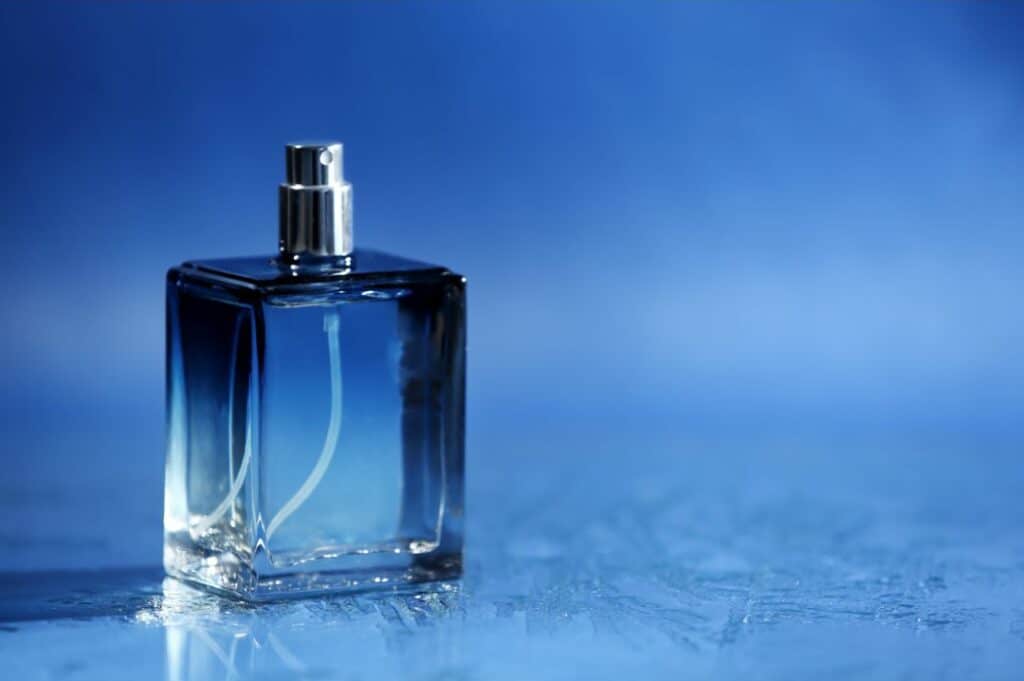
Yves Saint Laurent has continued to create iconic fragrances, such as Paris (1983), Kouros (1981), and Black Opium (2014), further solidifying the brand’s position as a leader in the world of perfumery.
YSL’s Opium stands as a testament to the power of fragrance to challenge norms, spark conversation, and captivate the senses. Its enduring appeal and influence are a tribute to the visionary spirit of Yves Saint Laurent, who forever changed the landscape of fashion and fragrance.
Thierry Mugler: Star of the Fragrance Universe
Thierry Mugler, a French fashion designer known for his avant-garde and futuristic aesthetic, entered the fragrance world in 1992 with the launch of Angel, a scent that would shake up the industry and inspire a new genre of perfumes.
Angel: A New Scent Category Emerges
Created by perfumer Olivier Cresp, Angel was a ground-breaking departure from the traditional floral and chypre fragrances of the time.
Instead, it introduced the world to a new olfactory category: the gourmand. Combining mouth-watering notes of chocolate, caramel, and vanilla with a mix of patchouli and fruity nuances, Angel captured the imagination of perfume enthusiasts and redefined what a feminine fragrance could be.
Its star-shaped bottle, designed by Thierry Mugler himself, further emphasized the celestial theme and added to the overall allure of the fragrance. With its unique scent and striking presentation, Angel quickly gained a cult following and became one of the most iconic and best-selling fragrances of all time.
Thierry Mugler’s Lasting Influence
The success of Angel paved the way for other gourmand fragrances and solidified Thierry Mugler’s position as an innovative force in the world of perfumery.
The brand continued to push the boundaries with the launch of other memorable fragrances like Alien (2005) and Aura (2017), each with its own distinct character and innovative scent profile.
Thierry Mugler’s Angel remains a testament to the power of creativity and the limitless potential of the world of fragrance. Its enduring popularity and influence are a tribute to the visionary spirit of its creator, who forever changed the way we experience and appreciate perfume.
Calvin Klein: The Essence of Minimalism
Calvin Klein, the iconic American fashion brand known for its understated elegance and minimalist designs, has also made a lasting impact on the fragrance world.
With a flair for capturing the zeitgeist of the times, Calvin Klein’s perfumes have become synonymous with modernity, sensuality, and effortless cool.
CK One: Uniting the World with Unisex Scents
In 1994, Calvin Klein introduced CK One, a revolutionary unisex fragrance that broke the mold and changed the perfume landscape forever.

This fresh, clean scent – a blend of citrus, green tea, and musk – defied gender norms and united fragrance enthusiasts under a single, shared scent. CK One’s groundbreaking approach resonated with the youth of the 90s, who embraced the idea of individuality and self-expression.
Eternity: Timeless Romance and Sensuality
Just a few years earlier, in 1988, Calvin Klein had captured the hearts of many with Eternity, a romantic and sensual fragrance inspired by the idea of enduring love.
With its lush bouquet of floral notes, including freesia, lily of the valley, and rose, paired with warm sandalwood and amber, Eternity became an instant classic that remains popular to this day.
Obsession: The Scent of Passion
Another iconic Calvin Klein fragrance is Obsession, launched in 1985. This intense, provocative scent, featuring a heady mix of spices, florals, and amber, exudes passion and sensuality. It’s a perfume that demands attention and leaves a lasting impression – much like the brand itself.
Calvin Klein’s ability to create fragrances that resonate with contemporary culture has earned the brand a well-deserved reputation for innovation and style.
From the unisex revolution of CK One to the timeless romance of Eternity and the bold passion of Obsession, Calvin Klein’s scents have left an unforgettable mark on the world of fragrance, capturing the essence of effortless cool that the brand is famous for.
Gucci: The Scent Of Italian Luxury
Gucci, a brand synonymous with high fashion, opulence, and sophistication, has consistently redefined the fragrance scene with its distinctive and captivating scents.
Established in 1921 by Guccio Gucci, the luxury powerhouse has been pushing the envelope in the world of perfumery, making its mark with iconic fragrances that exude elegance and charm.
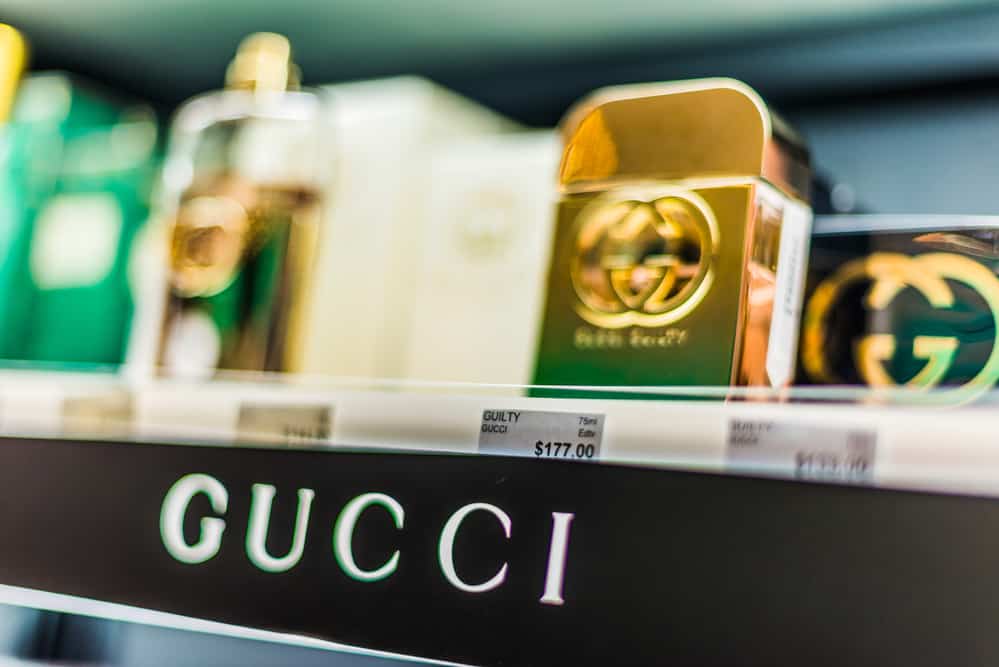
Gucci No. 1: A Scent to Remember
The brand’s first foray into the realm of fragrances was in 1974 with the release of Gucci No. 1. This timeless classic, featuring a harmonious blend of floral and woody notes, instantly captured the imagination of perfume connoisseurs.
Gucci No. 1’s enchanting mix of bergamot, iris, jasmine, and sandalwood set the stage for the brand’s future success in the fragrance industry.
A Legacy of Bold and Exquisite Creations
Gucci’s commitment to creating unique and daring fragrances has led to a string of unforgettable scents over the years.
From the seductive Gucci Rush (1999), with its spicy and oriental undertones, to the wildly popular Gucci Guilty (2010), known for its captivating blend of lilac, pink pepper, and patchouli, the brand has consistently pushed the boundaries of perfumery.
More recent additions, like Gucci Bloom (2017) and Gucci Mémoire d’une Odeur (2019), have continued to showcase the brand’s ability to craft fragrances that transcend trends and capture the essence of modern luxury.
Gucci’s fragrances have a unique way of encapsulating the brand’s essence: luxurious, alluring, and undeniably captivating.
With their innovative and memorable scents, Gucci has left an indelible mark on the world of perfumery, proving that they’re not just a fashion powerhouse, but also a force to be reckoned with in the realm of fragrances.
Lancôme: Celebrating the Beauty of Life
Founded in 1935 by Armand Petitjean, Lancôme has been a beacon of French elegance and refinement for nearly a century. With a diverse range of high-quality skincare, makeup, and fragrances, Lancôme has become synonymous with luxury and sophistication.
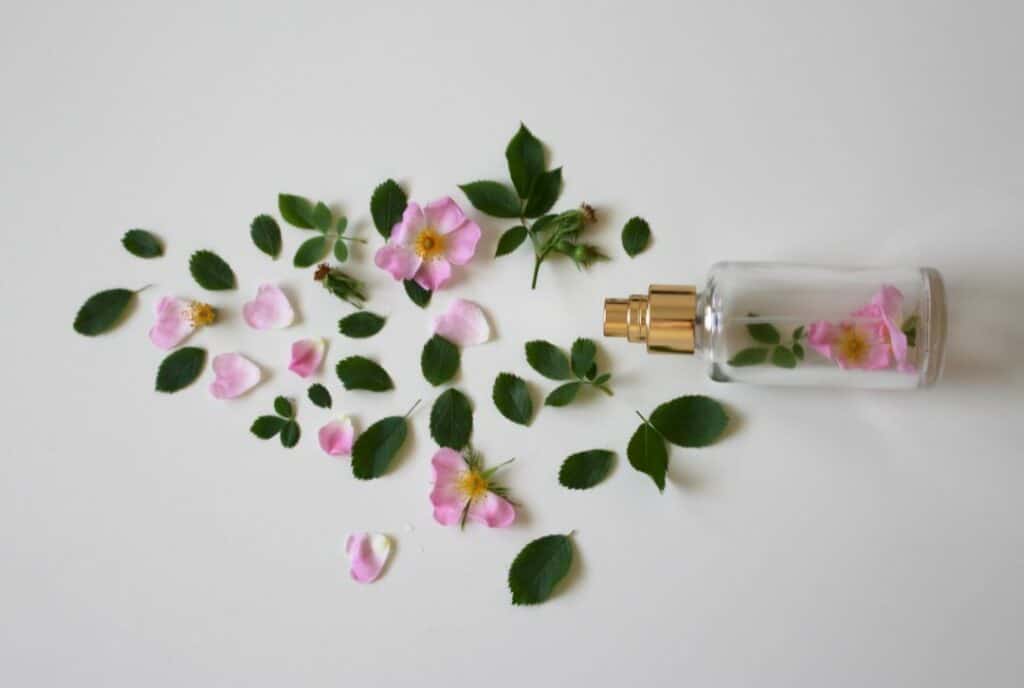
La Vie Est Belle: A Declaration of Happiness
Launched in 2012, La Vie Est Belle quickly became one of Lancôme’s most successful and beloved fragrances. La Vie Est Belle is a sweet, luminous scent designed to embody the simple pleasures and beauty of life.
Featuring a captivating blend of iris, jasmine, and orange blossom, the fragrance is enriched by gourmand notes of praline, vanilla, and patchouli.
Its well-rounded and harmonious composition has made La Vie Est Belle a favorite among women who appreciate an elegant, yet modern fragrance that exudes happiness and positivity.
The Legacy of Lancôme
La Vie Est Belle’s success has further cemented Lancôme’s reputation as a purveyor of timeless, high-quality fragrances.
The brand’s extensive perfume portfolio includes other iconic scents like Trésor (1990), Miracle (2000), and Idôle (2019), each offering a unique olfactory experience that encapsulates the essence of French beauty and sophistication.
With its enduring appeal and widespread acclaim, La Vie Est Belle is a shining example of Lancôme’s commitment to creating fragrances that not only smell beautiful but also inspire and uplift those who wear them.
In a world that can sometimes be challenging, La Vie Est Belle serves as a gentle reminder that life truly is beautiful.
A Scent-sational Sign-off!
As we reach the end of this fragrant journey through time, we can’t help but marvel at the creativity, innovation, and artistry of the perfume houses that have crafted these iconic scents.
Each fragrance we’ve explored has left an indelible mark on the world of perfumery, shaping the way we experience scent and influencing countless others that followed.
As you spritz on your favorite scent, remember the rich history behind it and let it transport you to a different world.
Here’s to the enduring power of perfume!
Before You Go…
Hopefully you enjoyed our romp through perfume history!
Perfumes are part of a long tradition and yet continue to evolve and change. But how do you make sense of them all and work out what’s right for you? Check out our next article for more!
The Fragrance Wheel Demystified – Your Guide To The Four Main Perfume Types
Related Articles
- What Are The Different Perfume Strengths?
- How Do You Find Your Signature Scent? (In Three Simple Steps)
- Why Is Perfume So Expensive?
Sources
Perfume: A Century of Scents by Lizzie Ostrom
The Story Of Perfume – McGill University
All product names, logos, brands, and trademarks are the property of their respective owners

